But what really makes me pazzo is the thousands of tourists who put
Casa di Giulietta (Juliette's House) on their must see list when they visit the beautiful Renaissance city of Verona. Here's a reality check so you don't waste your time (and € 6.00) on #faketourist stuff when there is so much amazing history and beauty all over Italy:
For me, this pilgrimage is totally bogus and a waste of time. I've been to Clos Lucé in France and stood at the bed where Da Vinci died pondering his death mask made minutes after he passed on. Real. I've been a to a dungeon where Joan of Arc was held prisoner. Real. I've been to see and feel the actual desks where the Framers of the U.S. Constitution penned that great document. Real. I've stood under the great ceiling in the Sistine Chapel where Michelangelo climbed his scaffold for four years. Real. I stood where the Caesars stood in the Colosseum watching blood sports. Real. I visited each room under the Seven Gables in that famous house. Real. I visited the apartment where Victor Hugo penned his Hunchback story. Real. I've even picnicked at the spot where George Washington crossed the Delaware--a few miles from our home. Real.
But Romeo & Juliette in Verona? Go see their amphitheater instead--or re-read the play. --Jerry Finzi
When wandering around Rome, you will occasionally come across little miracoli (miracles). Some happen... well, by happenstance, while others are well thought out. Many appear to be mysteries, with no one really knowing how they came about. One of the more interesting miracoli is also one of the smallest... a small keyhole. The Aventine Keyhole. 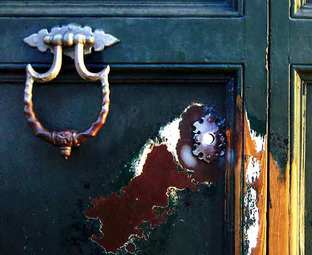 High above Rome, on the top of Aventine Hill, a surprise view waits for your eye and camera. If you come early enough, or perhaps late enough, you'll pretty much be alone, but some tourists have caught on to this magical view and you might find a line leading out into the street in front of locked doors. Then as you get closer, you'll discover how thousands of people peering through this keyhole have worn away the paint right down to the bare wood, and the metal of the keyhole itself is worn and polished from thousands of peering eyes and pressing camera lenses. Still, this view is a treat, albeit a bit touristy, just as la Bocca della Verità is worth standing on line to take a picture of you with your hand shoved in it's mouth, or how you'll be compelled to "hold up" the Leaning Tower of Pisa while a companion snaps your picture. 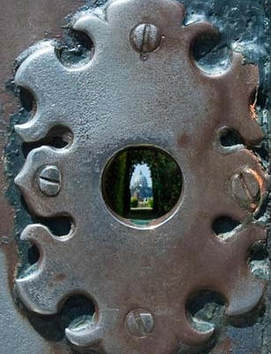 Just after the Orange Garden, the Keyhole of the Gate of the Priory of the Knights of Malta offers the most popular and picturesque view of Saint Peter's dome. Looking at it through the ornate keyhole gives a magical view--an alignment, really--of St. Peter's dome framed by hedges of the gardens of the Priory. The Priory of the Knights of Malta, is a Roman Catholic religious order of crusader knights that originated in Jerusalem in the 11th century. It is the oldest surviving chivalric order in the world and is a sovereign entity under international law. The estate also hosts the embassy of the Order of Malta to Italy. The property was constructed in the Piazza Cavalieri di Malta, by Giovan Battista Piranesi in 1765. The Aventine Hill, according to legend, represents a sacred ship setting course toward heaven. There are many nautical elements in the design. For example, the ornamental door is the entrance to this ship's deck, the manicured gardens and trees represented the rigging of the ship. The property lies in the piazza Cavalieri di Malta, designed by Giovan Battista Piranesi in 1765. According to Roman legend, Aventine Hill was imagined as a sacred ship that would eventually set sail for the heavens, so Piranesi incorporated many nautical elements and symbols into his designs. The ornamental door symbolized the entrance to the ship deck while the manicured gardens within were the ropes and riggings of the ship. Although the position of the door itself and the hedges obviously align with a view of St. Peter's Basilica, the view through the keyhole--although indeed heavenly--was more than likely mere happenstance. Still, some historians claim that Pirasesi purposely aligned the view through the keyhole (curiously, it isn't keyhole shaped at all, but round) to act as a long lens of a sea captain's telescope, foreshortening the view of the dome of St. Peters to look as if it was right at the end of the allée of trees and not miles away, as it really is. Perhaps inferring that the Voyage to Heaven isn't as long as one would think? While up on the Aventine Hill, pay a visit to the Giardino degli Aranci (Orange Gardens). There you'll find a wonderful park with more amazing views of Rome. Before you enter the gardens, look for a beautiful mask fountain to the left of the gate. Aventine Hill, Piazza dei Cavalieri di Malta, 3 Rome
From the Ponte Palatino on the Tiber River, walk up the Via della Greca, the turn rightand continue up the Clivio dei Publicii. You can visit the rose gardens of Roseto di Roma Capitale on the left. A bit further on, bear right onto Via di Santa Sabina, to a small park on the right filled with orange trees, the Giardino degli Aranci. Enjoy the views of Rome. The Church of Santa Savina (next to the park) dates back to 450AD. Continue further along the road to the Piazza Dei Cavalieri di Malta--on the right hand side you will see an old green door with paint is peeling off. If you look through its keyhole, you will see a beautiful tree-lined path and at the end of the path is a framed view of St, Peters Basilica. Plan your visit on a clear, sunny day with blue sky for the best view. 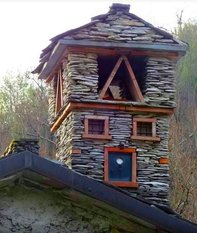 Isola Santa is a very old, Medieval village, built around a hospital for travelers and pilgrims on a cliff overlooking the river Turrite Secca. Before 1950, the borgo was sitting on top of an outcropping, but the construction of a dam for hydroelectric power and the resulting man made lake put the buildings at the level of the lake. The hydroelectric project forced the inhabitants to leave their homes. In recent years, a restoration project brought life again on the shores of the lake but Isola Santa has the feel of a Ghost Town, with most of the houses laying empty and only a few trout fishermen and trekkers passing through. The surrounding forest is full of chestnut trees and porcini mushrooms. 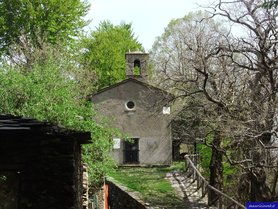 Church of San Jacopo Church of San Jacopo Although tiny, the place is magical and very photogenic. The Church of San Jacopo, built in 1260 boasts a wonderful bell tower, and there is even a restaurant to indulge in a meal or two--Casa del Pescatore. Hikers and climbers can head off toward the peaks of the Apuan Alps from the village. And although it might look like snow in summer, those mountains are made of marble, as is nearby Carrara where Michelangelo saw his David in a huge chunk of the white stone. This is also Karst country--making this an area rich with caves. Worth a visit is the impressive Grotta del Vento (on Garfagnana), and the 1 mile long Antro del Corchia, which is the widest cave of whole Europe (on Versilia). This cave system contains over 30 miles of chambers and tunnels in its system. The Karst geology in the area also created streams that disappear into underground caves, only to reappear elsewhere as springs. Just before reaching Isola Santa is La Pollaccia, one of the more important natural springs in Italy. If you are into hardcore mountain climbing, this is really the area for you. The mountains are rugged, they are world class with many peaks requiring a high level of climbing skills and equipment. If you're up to it, think about climbing Monte Forato just to the south of Isola Santa. It's got a prize at the top--a huge, natural land bridge forming a hole right through part of the ridge.
--Jerry Finzi 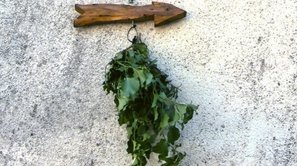 In the area north of Trieste on the Carso (Karst) Plateau in the northeast Italian region of Friuli-Venezia Giulia, the land is made up of limestone caverns, rugged cliffs and soils... a perfect place to grow fine wines. The region is an ethnic blend of Italian, Slovenian and Austrian influences. In fact, some of this region used to be part of either Austria or Yugoslavia. The advantage to the Voyage here is having a blend of wines, cheeses, salumi and other gastronomic treats. 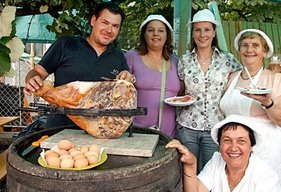 A great way to get a taste of the specialties produced in the area is to search out the many local Osmize (osmizza, ossmizeri), a sort of home-based tavern where you can sample the formaggio, prosciutto, meats, sausages, eggs, grappa, pickles, olive oil and other things produced by small scale farmers. And of course, there are the local wines: mostly Teran, Vitovska, Malvasia, both reds and whites served in carafes and in no-nonsense glasses without stems. The people serving you are the same people who grew, nurtured, bottled, aged and otherwise perfected the delights they offer. They will slice the prosciutto off the huge hams and make your omelette to order for you. These are small family farms, pretty much hidden in suburban areas, often having a series of picnic tables in their backyard, tables tucked under the olive trees or even rustic taverne built into their cellars or patios, complete with wooden wine barrels, overhanging arbors, fire grills and even musicians to entertain you with accordion, guitar or hand drum. Everyone joins in the singing, even if they don't know the words... History of Osmize The name itself is of interest: Osmize (also Osmizza, Osmica) is a word based on the Slovenian osem, which means "eight". A short history of the custom of Osmize will explain... Historians can trace the existence of osmize back to medieval times in a document from 1430 shows that wine sold in bulk by peasant producers near Trieste would not be taxed. This was reinforced in 1784 by Joseph II of Hapsburg who decreed that farmers could sell bulk wine from their homes for periods of eight days each year. The custom stuck, only nowadays, the farmers themselves decide when they are open or not. They are also opened all year round, with the warmer months being favored due to the beautiful weather to enjoy the al fresco experience. 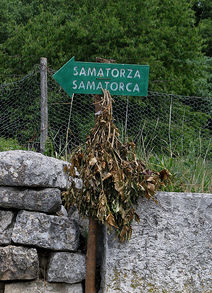 How to Find an Osmiza? This is where the fun starts. You see, Osmize don't advertise. They don't have prime locations on the main roads. They are located in the countryside and amid the suburban sprawl outside of Trieste and around the towns of Longera, Piscianzi and also across the border in Slovenia. As you drive trough the area by car or bicycle (a very popular way of seeing the area) you will start to see a small wooden arrows with a cutting of ivy branches tacked to poles, walls or fences. It's sort of like when you follow a series of signs in the U.S., like way-points, to find a remotely located barn sale. There will be several signs leading you to the osmiza. When you arrive, don't be surprised at how unassuming it might appear. You might at first think you're in the wrong place, and trespassing into someone's home. But that's the point. These are peoples' homes. The wines grown in the Karst will include the sour, black-red Terrano with an intense flavor; Vitovska, a light, fragrant white wine with hints of almond; and the aromatic Glera the its deep yellow color and aromatic flavor. You will be able to buy cases of wine, bottles or simply enjoy a carafe and enjoy the wines in a more casual way. 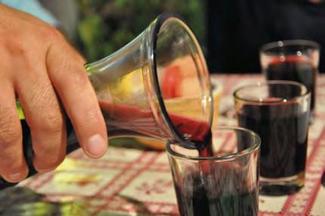 So if you are looking for a more casual way to go wine tasting, consider a drive north of Venice into the Friuli-Venezia Giulia region and set out to "Visit the branches", as the locals say. Slow down... drink, eat, relax and discover that wine tasting doesn't have to be in a tall, thin stemmed crystal glass, slurping isn't necessary and you can enjoy the vino with the people who grew the grapes, aged the wine and bottled it. There are no pesticides on the food served. You can sit among strangers and feel like lifelong friends within the hour. The seasons change, the views can also change, but the feeling is all famiglia. --Jerry Finzi 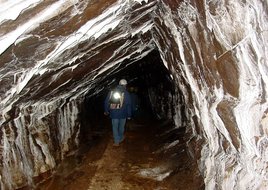 A mine visit can be an interesting part of your visit A mine visit can be an interesting part of your visit The Trompia Valley is one of three main valleys in the province of Brescia in the Lombardy region with the Mella River winding through the territory for more than 20 miles. The presence of a large amount of raw materials, such as iron, made mining such a large part of this region's industry and success ever since Roman times... in fact, the Valtrompia was a center for weapons production throughout history.
There are also many sagre, fairs and festivals which take place throughout the year showcasing the most typical dishes of the local cuisine. Falling in between two of the most beautiful Italian lakes--Lake Iseo and Lake Garda--makes the region a fantastic destination for an extended stay in any season of the year.  Ossobuco seems to go along with the rugged nature of Valtrompia Ossobuco seems to go along with the rugged nature of Valtrompia The region of Lombardy is also a place to experience one of the varied cuisines that make up Italy's culinary palette. Rather than relying on olive oil and tomatoes, the dishes here embrace corn and corn meal, rice beef, pork and butter. In some cases you will see relationships with the cuisine of Austria, France and Germany. One of the more famous dishes is Risotto alla Milanese, the saffron colored treasure. The other regional specialty is polenta, made with corn meal. For meat lovers there's Cotoletta (breaded veal cutlet), Cassoeula (pork or chicken casserole) and Ossobuco (braised veal shanks). For dessert you can enjoy panettone. If you love cheeses, the region is the home of Grana Padano (a cousin of Parmigiano Reggiano), Talegio and Gorgonzola.  A devil or an ingredient source for cheese making--you decide. A devil or an ingredient source for cheese making--you decide. The Valtrompia is a land rich in traditions, hunting, myths, legends and folk tales. There are tales of as many as 60 witches being burned in the fifteenth century, devils masquerading as mountain goats, healers and sorcerers. There are also stories of romance and jealousies that led to murders, with the troubled ghosts haunting castles high up in the mountains. Perhaps a visit to this area will haunt your memories--forever. All in all, Valtrompia is well worth a visit for Voyagers wishing to discover the beauty and culture of the Italian Alps. --Jerry Finzi Copyright 2017, Jerry Finzi/Grand Voyage Italy - All Rights Reserved
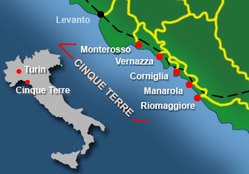 Amalfi Coast versus Cinque Terre Especially in the peak tourist months, the Amalfi Coast is bumper to bumper tour buses and its towns are chock full of tourists stepping on one another's toes. I wouldn't dream of driving the Amalfi Coast in summer--it was crazy enough in October when we were there! And I wouldn't want to rely on the sporadic local bus schedules--waiting for an hour just to get on, and then standing for an hour or more just to get to a destination. The cause? A blood-curdling drive going around hair-pin, cliff-hanging curves at the blazing traffic jam speeds of a mere 6 miles an hour. As for beaches... well, there really aren't many true beaches to speak of on the Amalfi Coast. Some of the towns can be overwhelmingly crowded in summer. As example, Amalfi-town is a kitschy, touristy hell that you're forced to drive through, but I don't recommend stopping. Towns like Atrani, Minori or Maiori are much more laid back. But, If you still looking for cute colored houses, clinging to rugged cliffs over the sea, then I have a suggestion: Instead of going to Amalfi, go where the tour buses aren't dumping off thousands of tourists--Cinque Terre in the northern Italian region of Liguria! 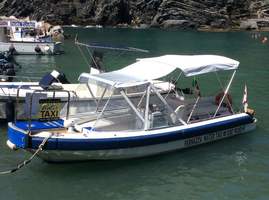 Taking a smaller water taxi affords a more personal experience rather than the larger, over-crowded (high season) large ferries Taking a smaller water taxi affords a more personal experience rather than the larger, over-crowded (high season) large ferries Cinque Terre literally translated means Five Lands, a reference to it's five towns: Monterosso al Mare, Vernazza, Corniglia, Manarola, and Riomaggiore, and even it isn't technically part of the Five Lands, I would include the wonderful port town of Portovenere just to the east, itself including the villages of Fezzano, Le Grazie and Porto Venere, and the three islands of Palmaria, Tino and the tiny Tinetto. If planning to visit the area, strongly consider getting out on the water to really experience this rocky seascape close-up. Take ferries from town to town, hire a captain or (if you are an experienced boater) a bare-boat rental and you will never regret it. The Terre's rugged coastline rivals the Amalfi Coast in beauty and its five villages along with the surrounding cliffs are part of the Cinque Terre National Park and is a UNESCO World Heritage Site. The advantage of visiting Cinque Terre is that cars (as well as tour buses) can't reach the villages. They are only accessible by local trains, by foot paths (old donkey paths) running between them or by boat-taxis and ferrys. While the Amalfi Coast is invaded by tour buses from cruise ships and has more tourists because of its proximity to Naples, Sorrento, Capri and Pompeii, the Cinque Terre villages stand on their own. If you are staying in Cinque Terre, there are very doable day trips to Genova, Portofino, Pisa, Lucca (our favorite) and even Florence if you have the extra time to take a train or rent a car. 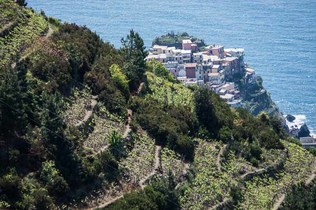 A view from high above A view from high above Tourism in the villages is more laid back than Amalfi. Here you will find more low modest hotels and rental apartments and more B&Bs than in Amalfi where chic Luxury hotels abound. And although Amalfi has some great hiking with its Sentiero degli Dei (Path of the Gods) high above its Coast Road, Cinque Terre also has paths connecting each village with wonderful views. Keep in mind however, that these walking paths--although well paved and often becoming wide promenades--have lots of people walking them in the high season and some parts can be very rugged in terms of changes in altitude --lots of ups and downs--so you'd better be in good shape. I wouldn't recommend Cinque Terre for seniors or anyone with heart or breathing difficulties. In Amalfi, the Path of the Gods is for more serious hikers with some easier parts paths mixed in all throughout the peninsula, but most of the tourists are going to the chic towns of Positano and Amalfi-Town--the place is very touristy. In Cinque Terre, there is Sentiero Azzurro running between the towns, as well as other more challenging hiking trails in the surrounding naturalized park areas for hard-core trekkers. Want to experience even more of the less-touristy areas of Cinque Terre? Then start at the top, overlooking the the Five Lands. There are many small villages, like Groppo and Valostra, which are all interconnected by hiking paths. To start, you can actually drive to Valostra, park your car in the free lot, and hike from village to village to your heart's content. The villages above Five Lands are definitely less touristy. The views of the sea from over 1000 feet elevation are something you'll remember your whole life. When you get a bit tired, you can always hop on a shuttle bus--they are all over this area. 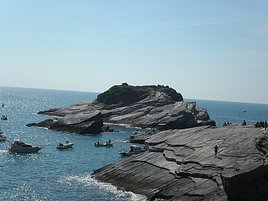 Sunning on the rocks of Tinetto island Sunning on the rocks of Tinetto island When visiting Italy in early spring or fall, you might have better weather in the south, but by American standards, the weather is still warm enough to enjoy a slightly off-season trip to Cinque Terre. In late October the rains and some winds start to come, so plan your trip earlier in the month. If you want to swim in the sea, plan your trip at the shoulder of the high season. If you don't mind more crowds, humidity and heat, plan your trip in summer. Personally, I would also squeeze in some time in Portovenere and perhaps have a water taxi drop me off on the Isola Palmeria--a national park with wonderful naturalized beaches that look back at the the town. There are hiking tails on the Island with amazing views and lots of nature to enjoy. 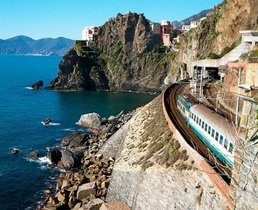 Every town has a train station Every town has a train station Of course, you might not want to hike between all of the towns... The trains are very convenient. Cinque Terre trains connect six stops: La Spezia (the large town to the east of Cinque Terre, where you make connections to other major Italian cities) the official "Five Lands" of Riomaggiore, Manarola, Corniglia, Vernazza, and Monterosso, and the town of Levanto. If you're coming from elsewhere in Italy, you would have to connect to either Florence, Milan, or Venice and then move on to La Spezia to connect with the Cinque Terre train system. From La Spezia to Riomaggiore is about 10 minutes, and then roughly 5 minutes between each town thereafter. And although some would say the trains run on an irregular, unreliable schedule, you can still catch a train every hour or so. This is Italy, after all. You can also travel between towns by water taxi which leave every hour or so. The simplest walks between towns are between 3/4 of a mile and 2 miles so you might plan on walking through all Five Lands... The Monterosso to Vernazza path is the most demanding and can easily take about two hours, while the By comparison, the Via dell'Amore which clings to the cliff above the sea, is all paved and relatively flat and can be walked in as little as 30 minutes. The Via dell’Amore has become a world-famous landmark in its own right with lovers placing locks enscribed with their names professing their unbreakable bonds of love. The keys are tossed into the sea. This is an easy walk when compared to the vigorous hikes on the rest of of the Sentiero Azzurro. Bottom line? Cinque Terre can be much less touristy than the Amalfi Coast if you don't visit in the high season, has less of that chic element and more of the backpacker feel, and is more suited to serious hikers, walkers and lovers looking for a more intimate getaway. --Jerry Finzi Copyright 2017 - All rights reserved - Jerry Finzi/Grand Voyage Italy
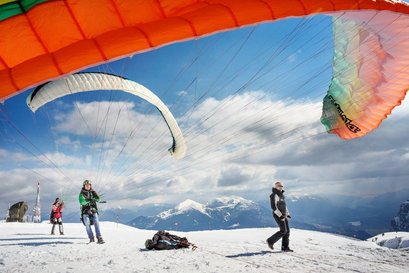 Trentino is one of the smaller regions if Italy, but its big on one thing: It's the home of the rugged Dolomites, those spiky mountains jutting up from the heart of the Italian Alps. The area offers a diverse range of environments and landscapes. You will find skiing here, but also enjoy the palm trees lining the shoreline of Lake Garda. In summer it's a hiker's paradise and in winter skiing is king. Trentino is fast becoming a destination for extreme sports addicts of all types: hiking, kayaking, mountain climbing, base jumping, motocross, white water rafting, trekking, canoeing, parasailing, canyoning, sailing, skiing, snowboarding, bungee-jumping, mountain biking and more... For more, check out your travel options for extreme adventures on TripAdvisor.
Running 3,000 meters in a time of 2 hours, 6 seconds may seem like an easy challenge, but not when the three kilometers in question are not the distance covered, but the height of a mountain to climb. Vertical running, a unique subset of trail running or Skyrunning, is one of the most grueling competitions there is. It's a true test of stamina, strength and endurance. Short courses often mean all-out sprints from the get-go, but Red Bull K3 – the first 3,000m race – required some different strategy.
From sea to sky, Skyrunning spans the great outdoors, across the world’s mountain ranges…and the imagination of thousands of participants and fans. It’s a sport born in the wild, where the logic was to reach the highest peak in the shortest time from a town or village. Today it represents the peak of outdoor running defined by altitude and technicality and counts some 200 races worldwide with with around 50,000 participants from 65 countries. It is defined by the International Skyrunning Federation, as “running in the mountains above 2,000 meters altitude where the climbing difficulty does not exceed II° grade and the incline is over 30%”. Skyrunning was founded in 1992 by Italian, Marino Giacometti, President of the International Skyrunning Federation which sanctions the discipline worldwide and sports the tagline: “Less cloud. More sky”. |
Categories
All
Archives
May 2023
|

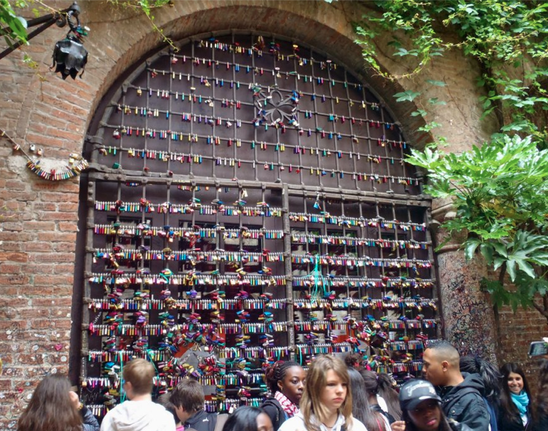

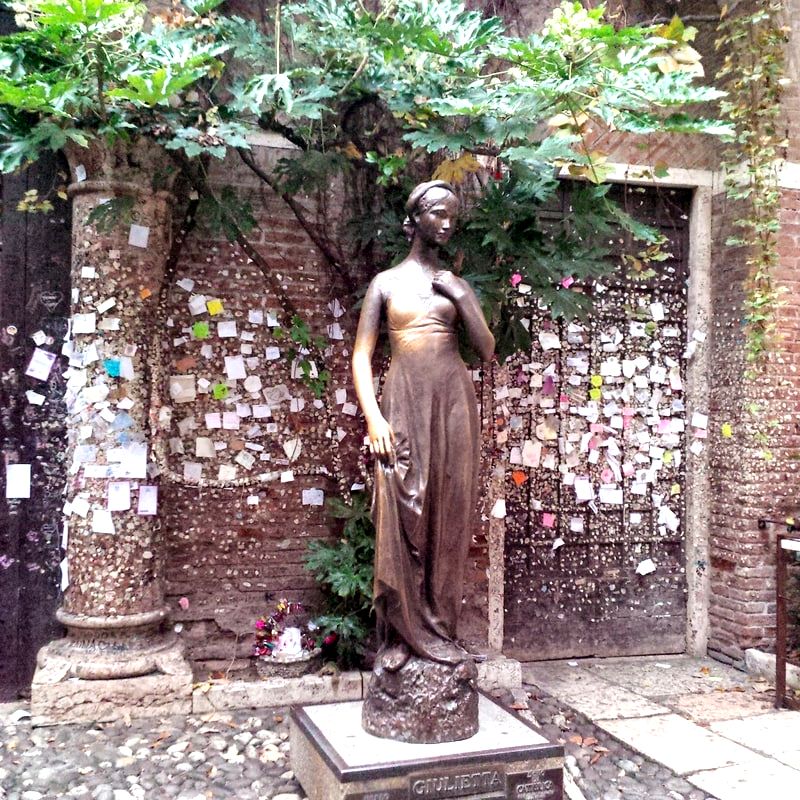

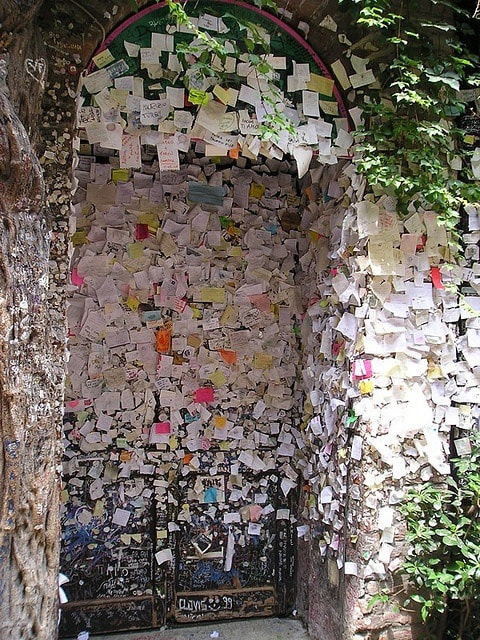
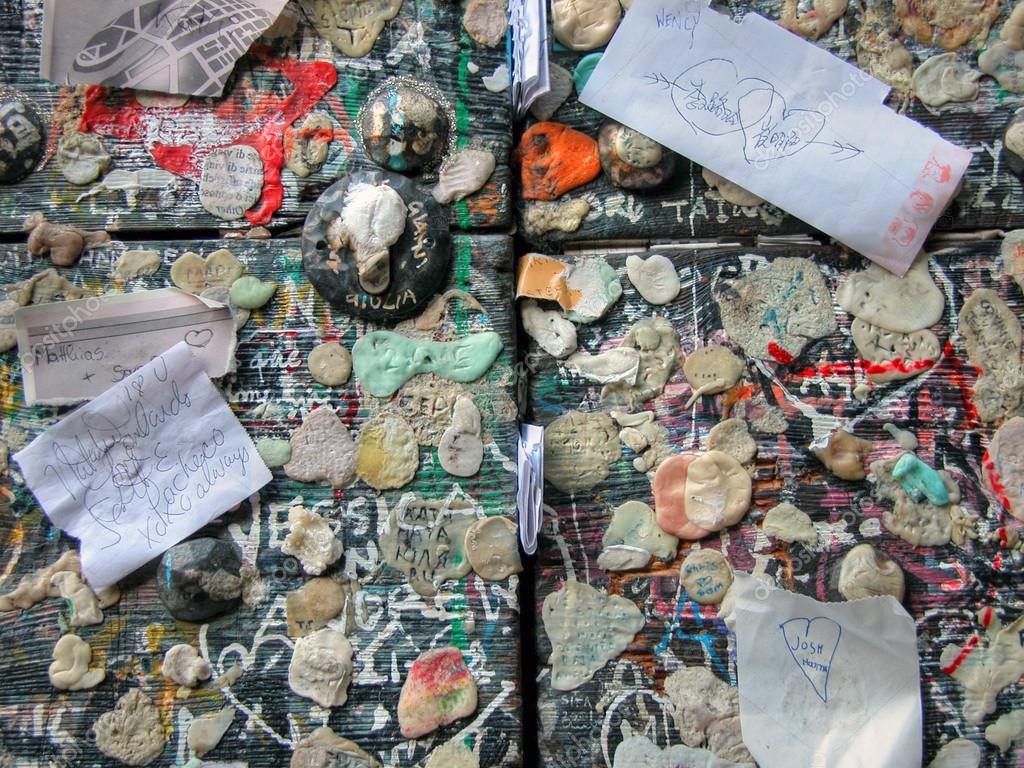

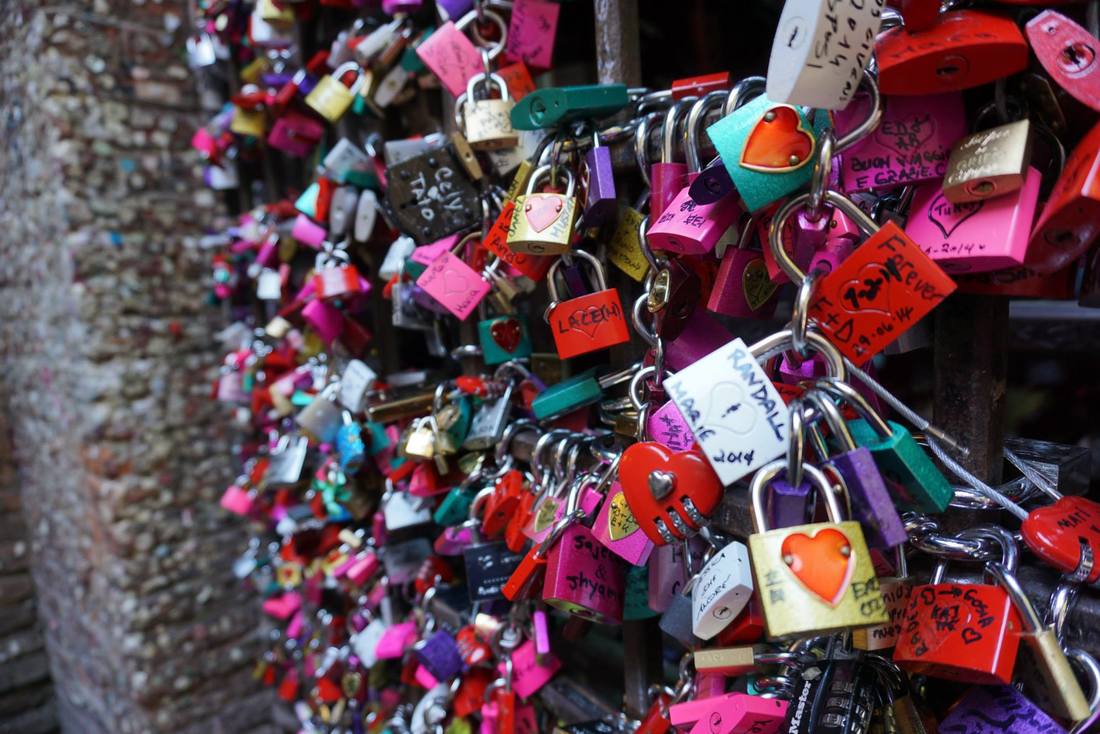
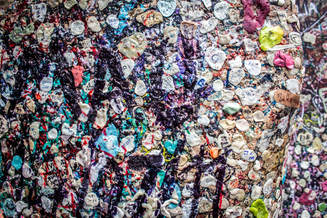
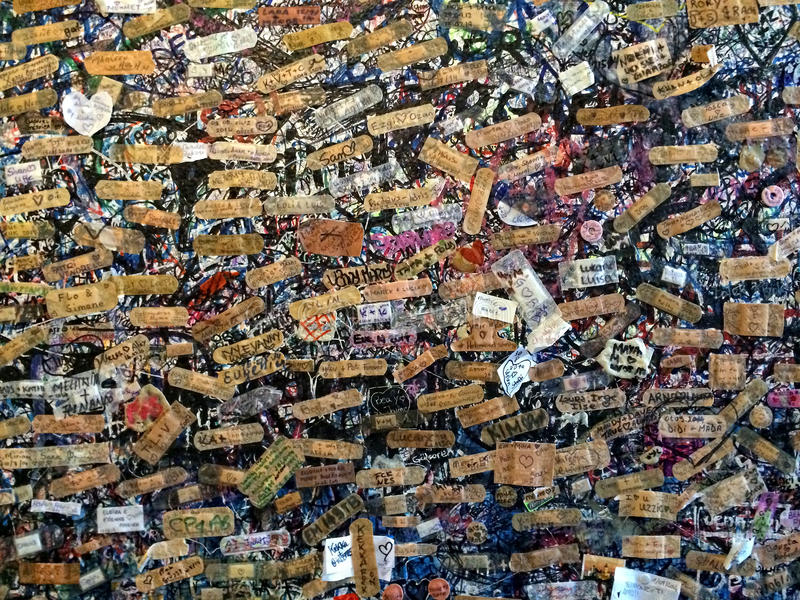
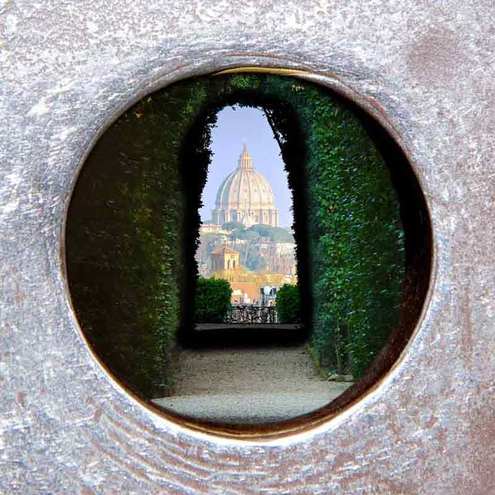
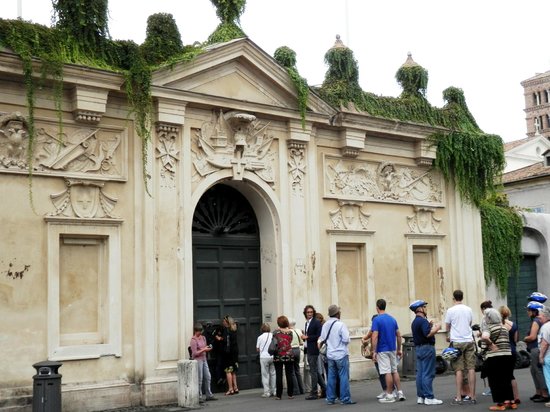
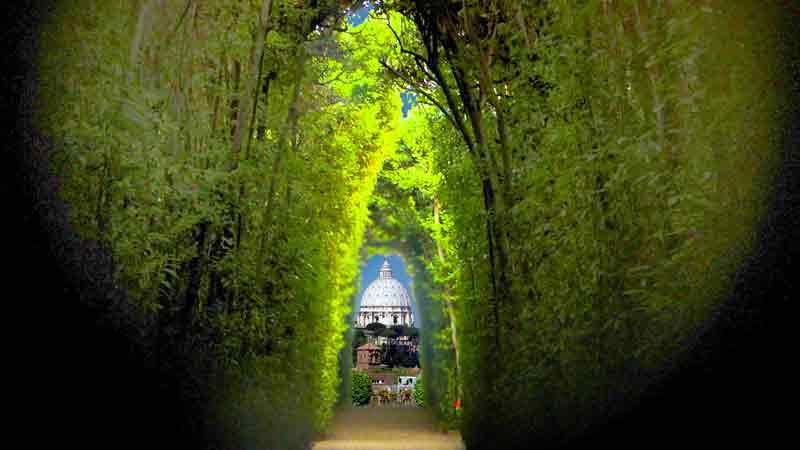
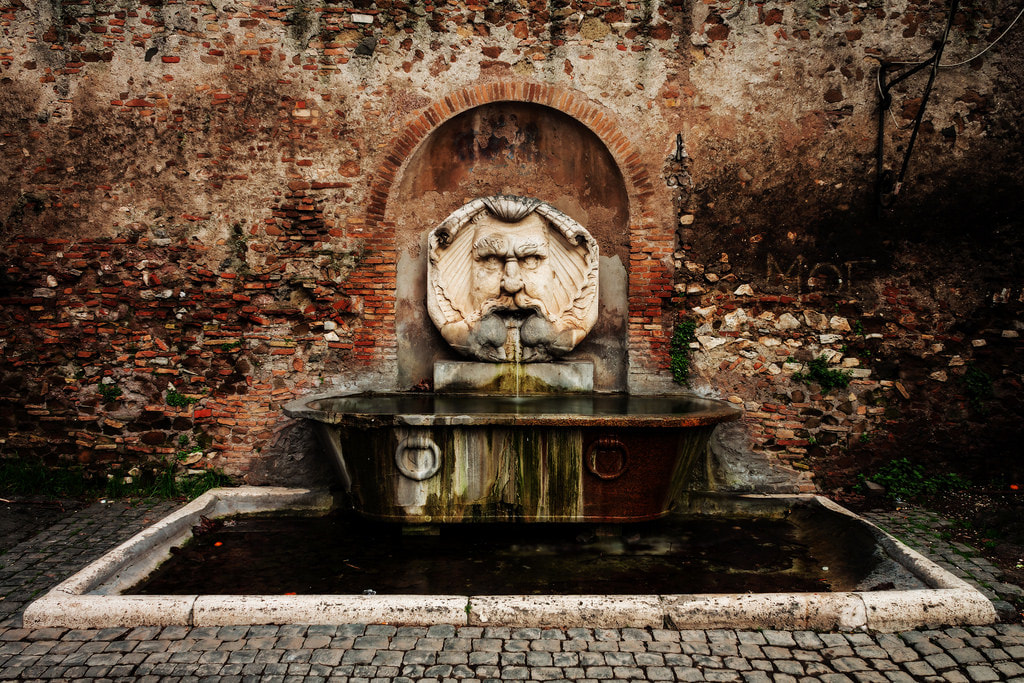
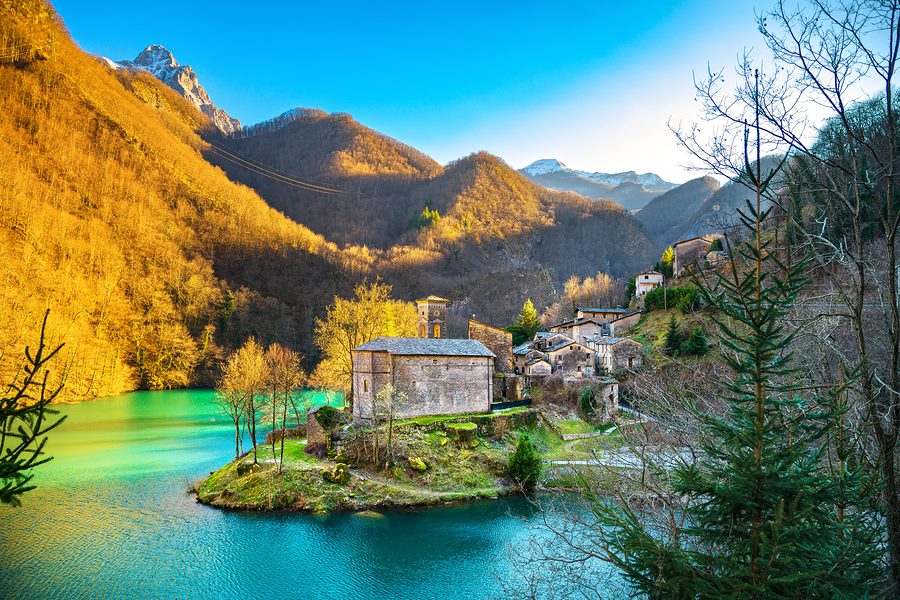
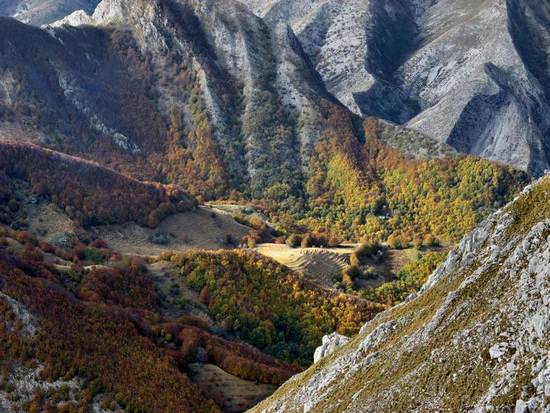
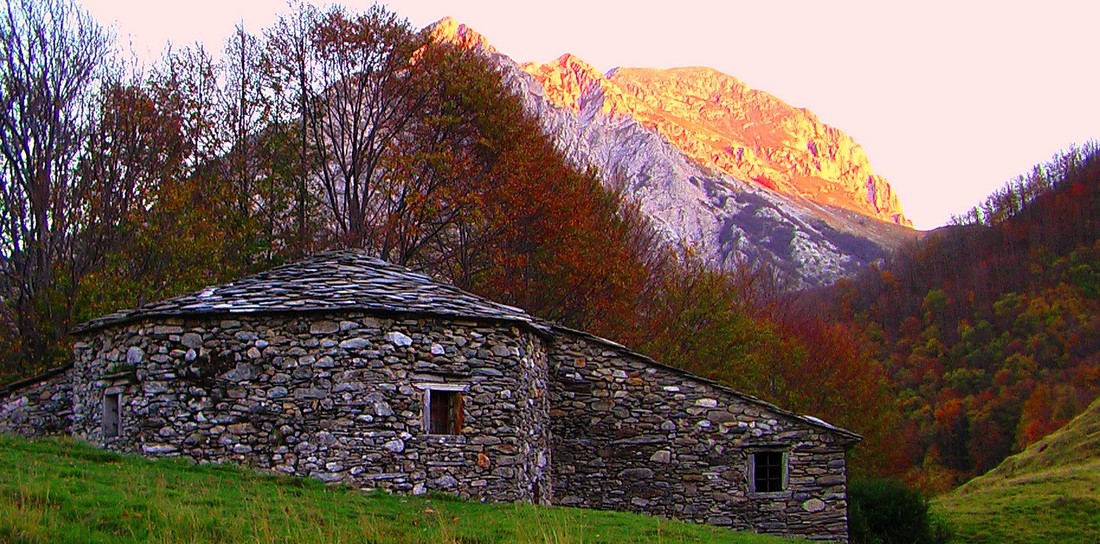
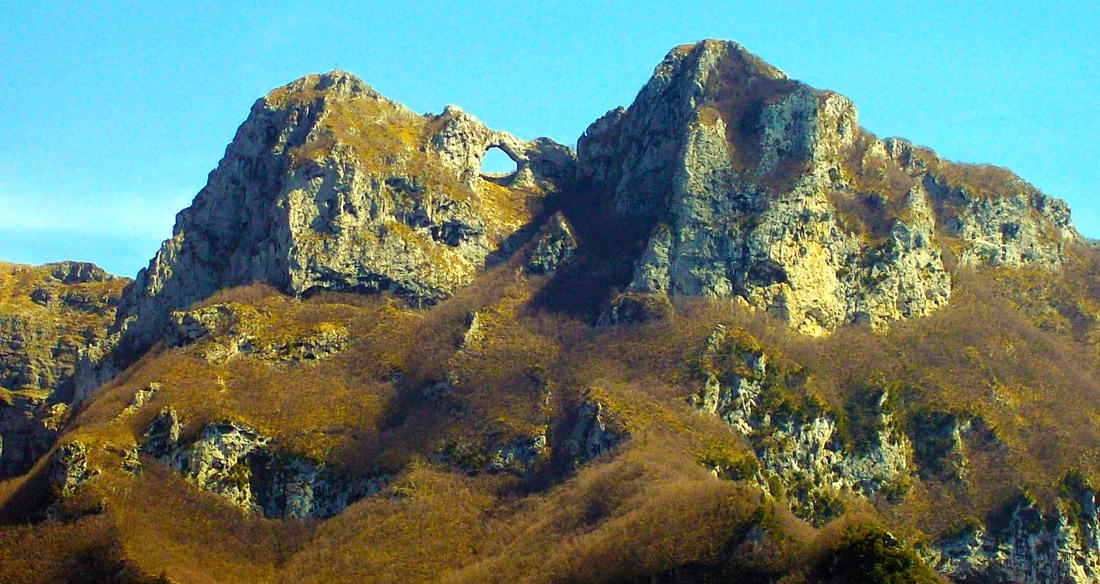
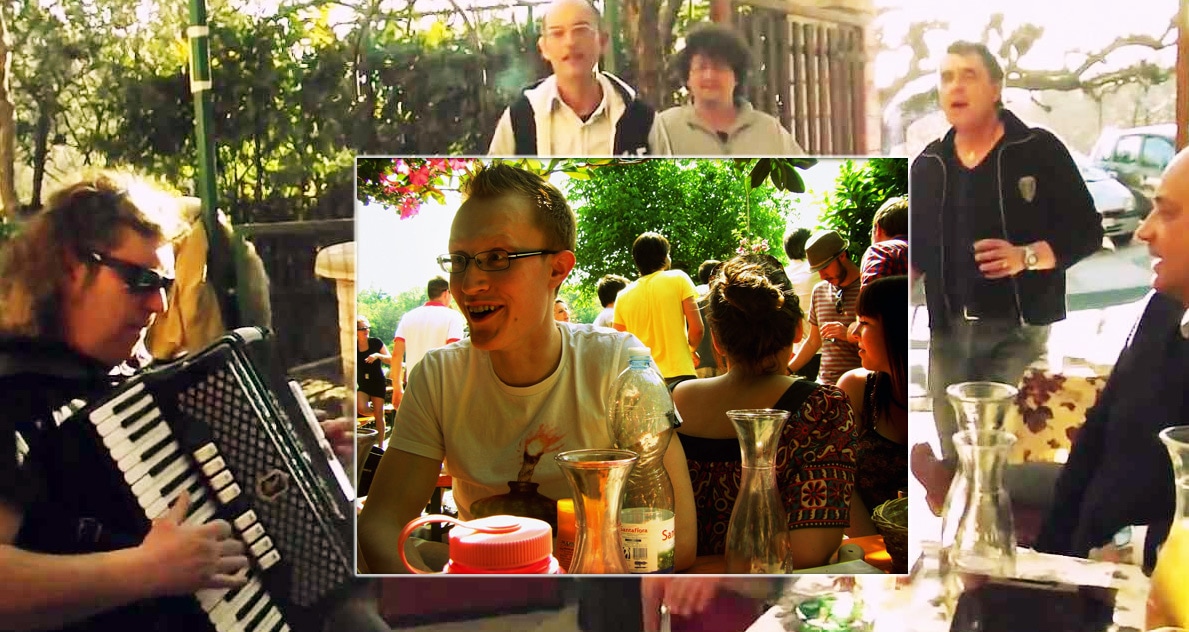
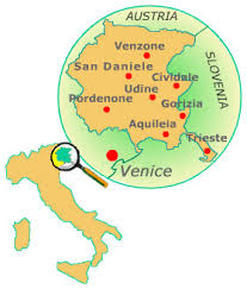
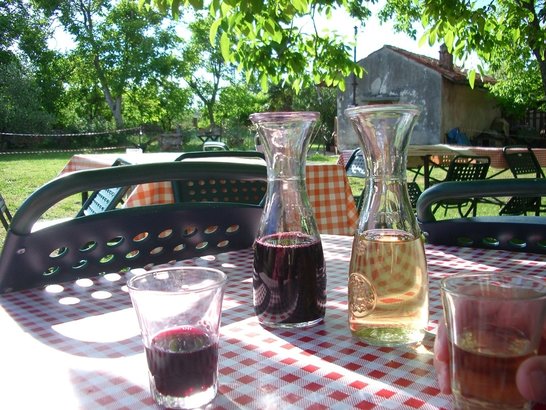
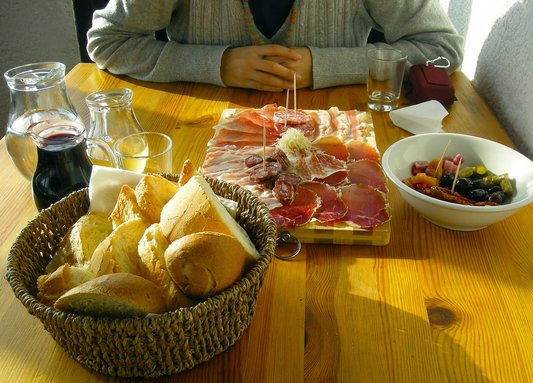
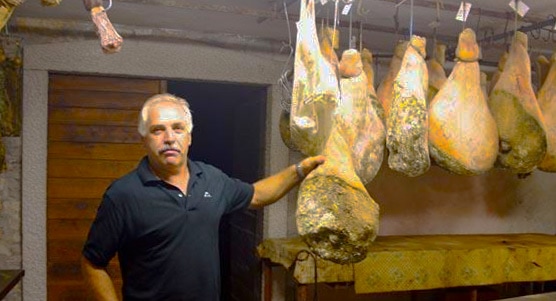

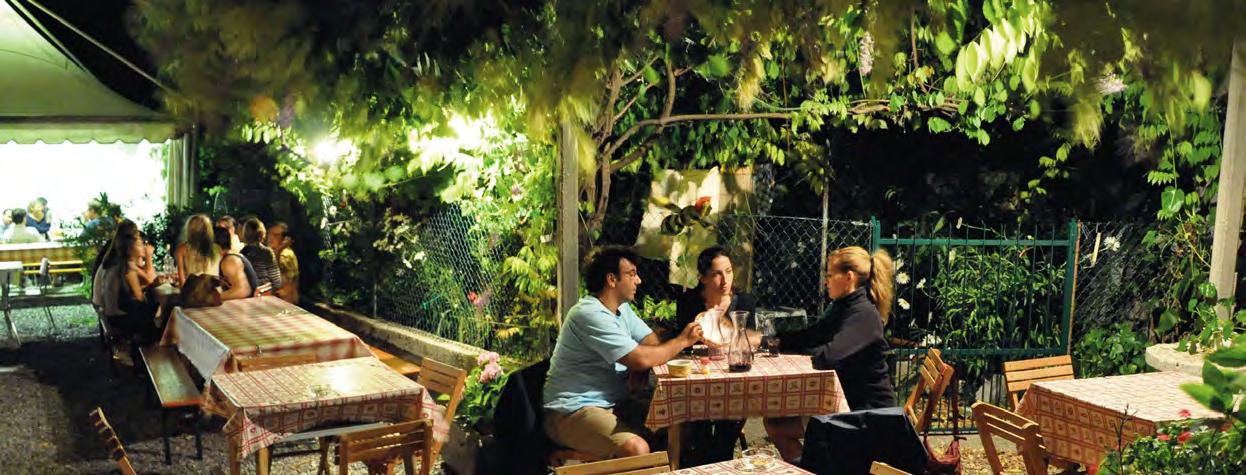
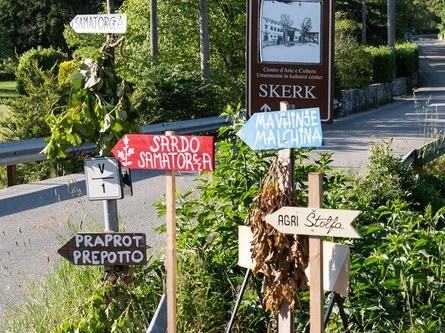
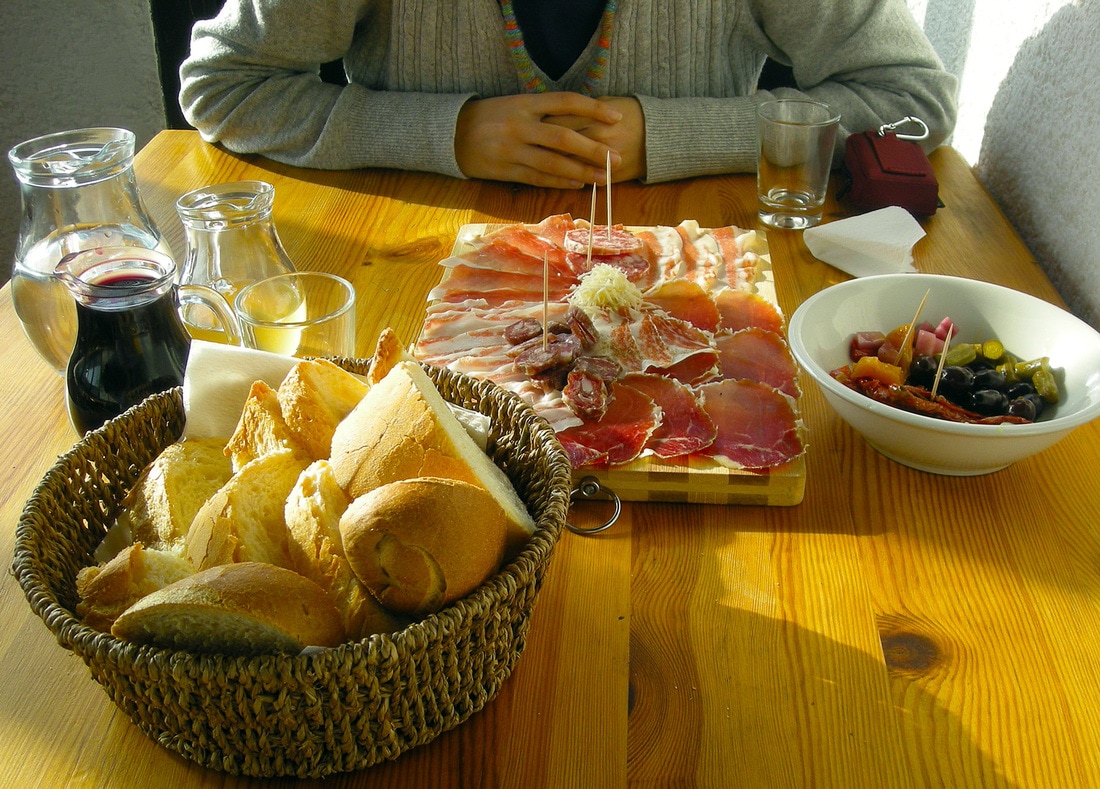
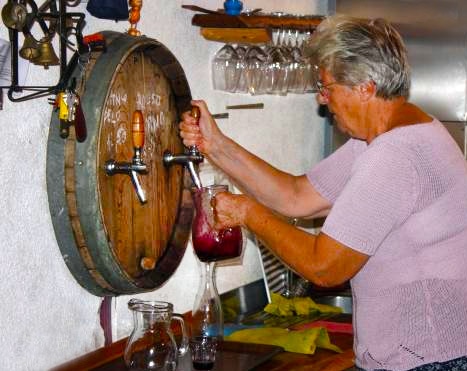
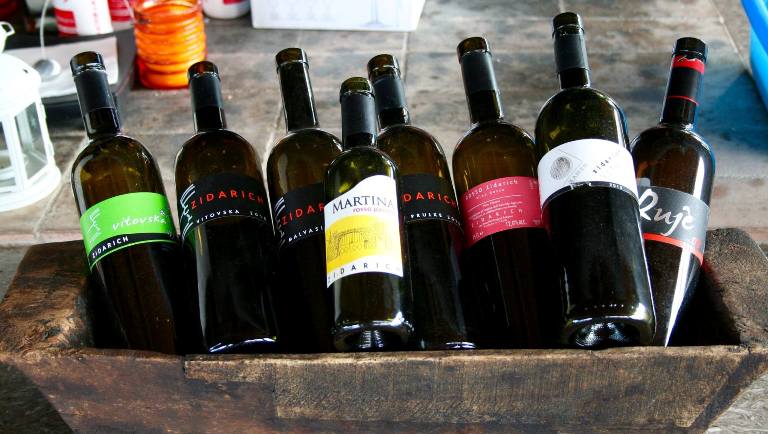
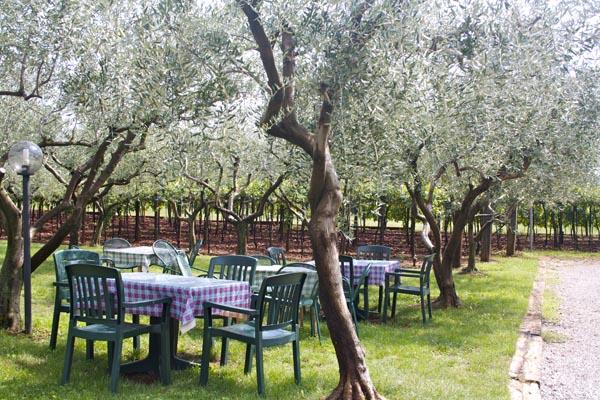
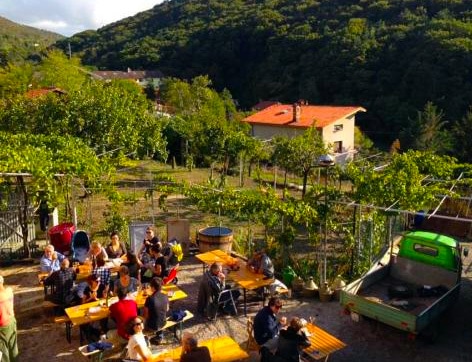

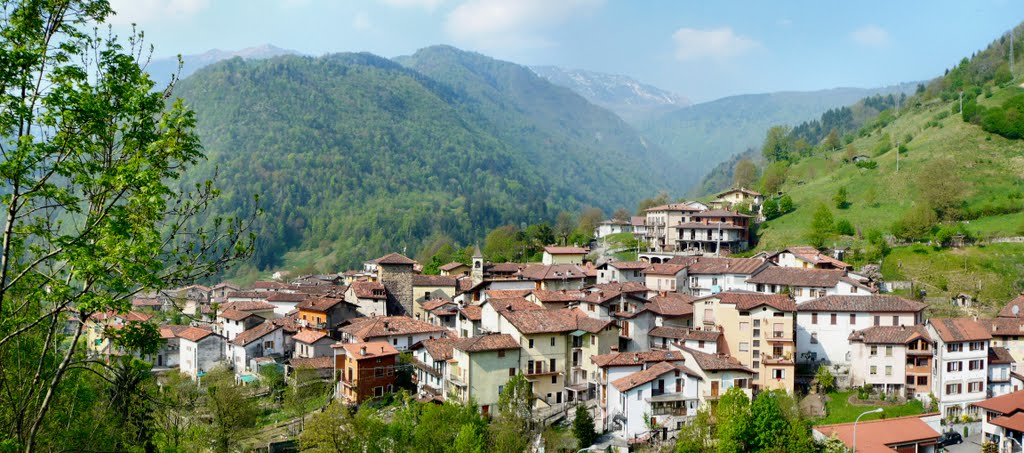
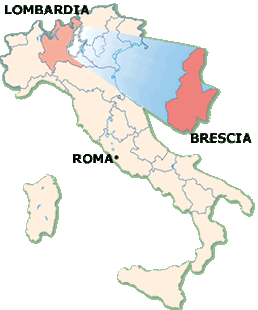


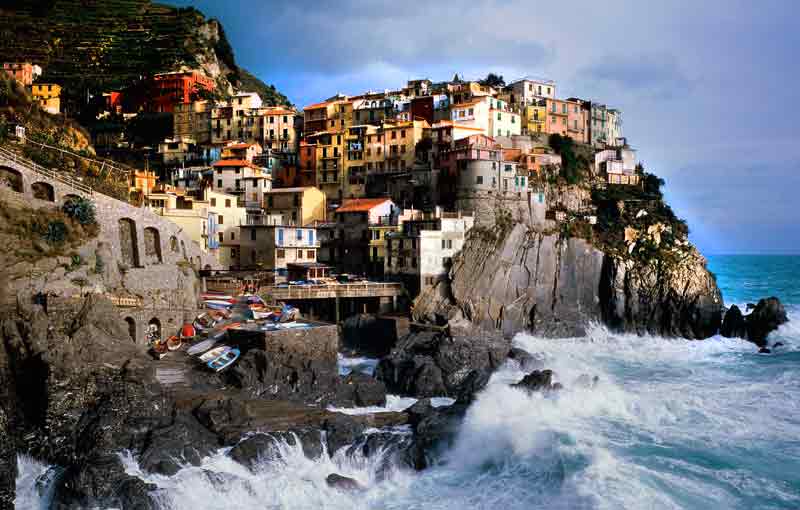
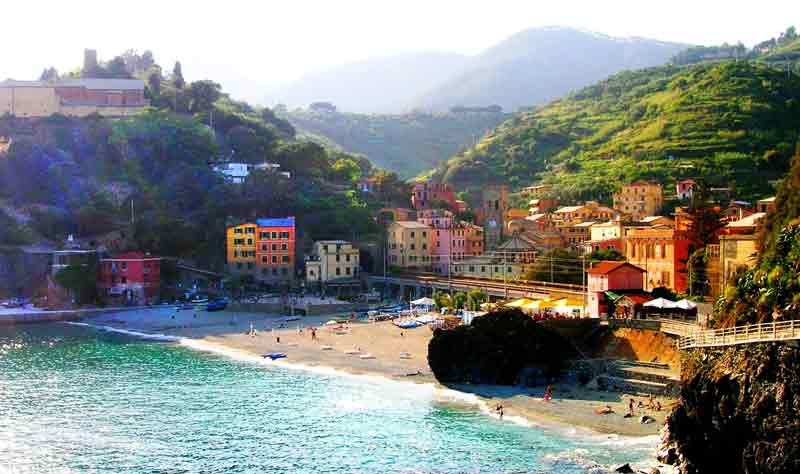
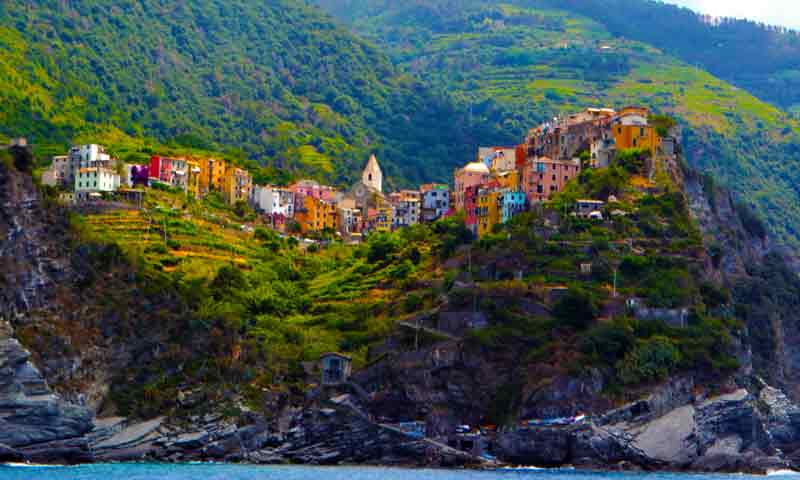
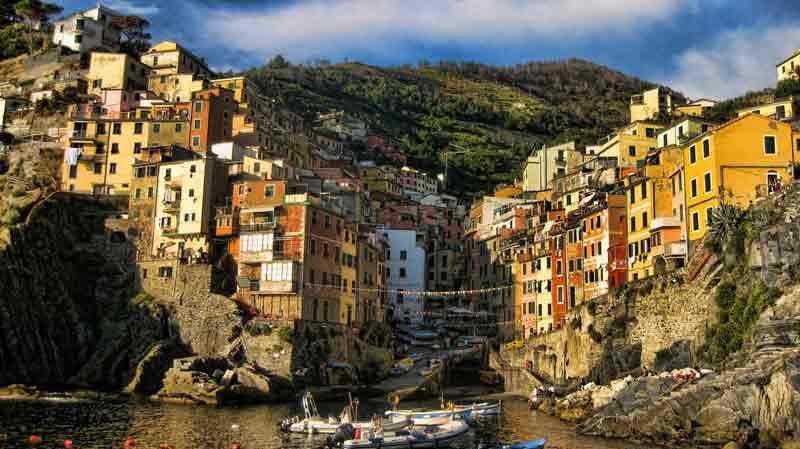
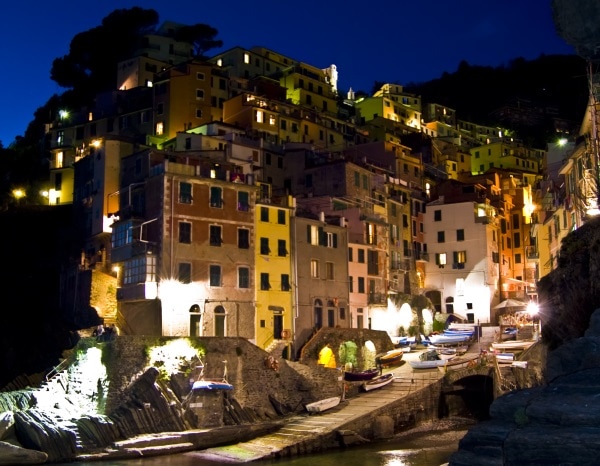
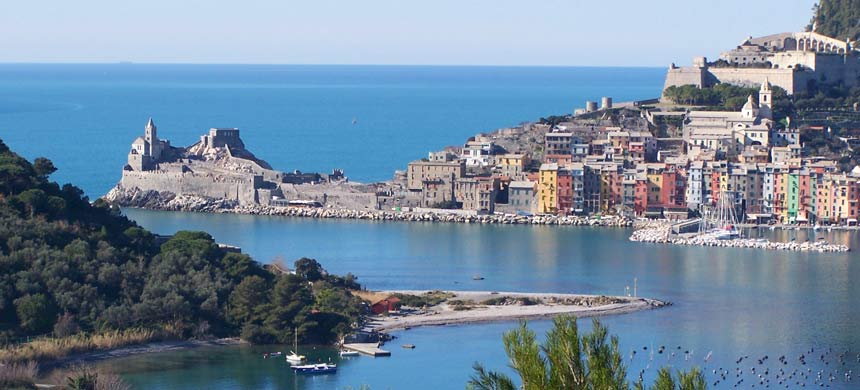
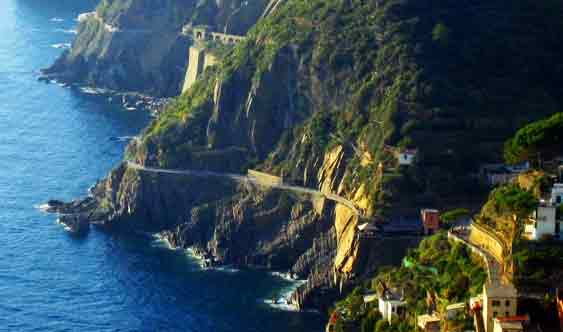
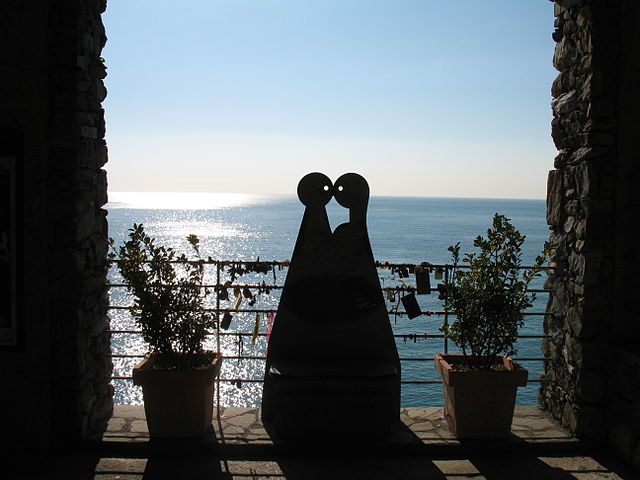
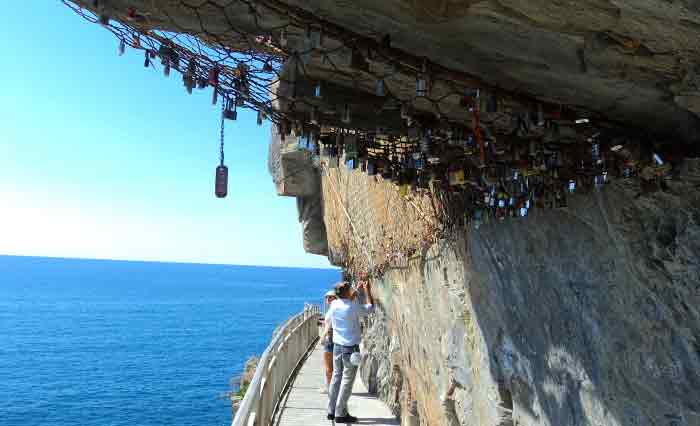

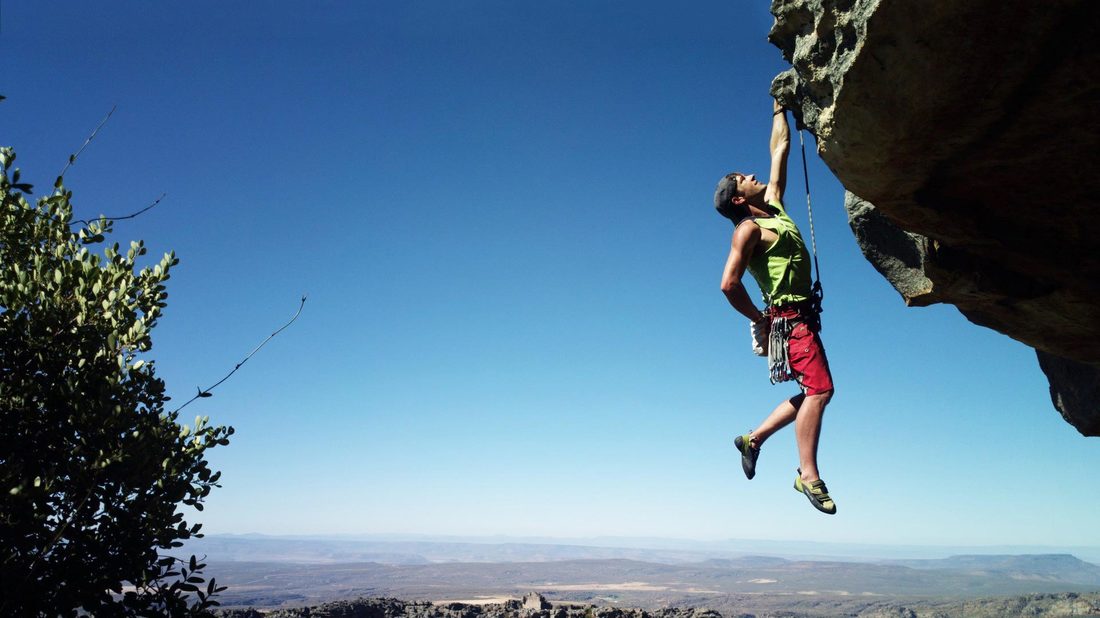
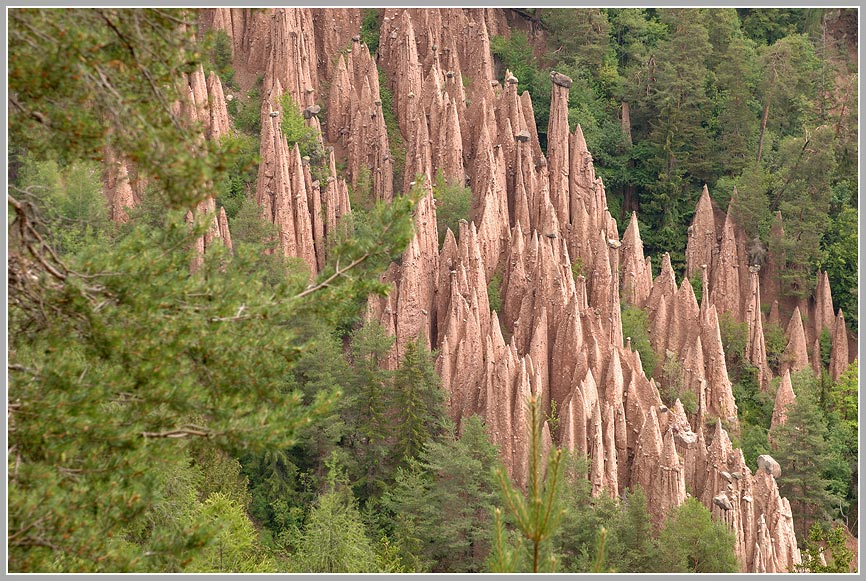
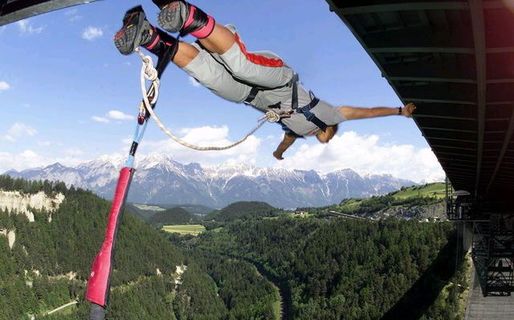
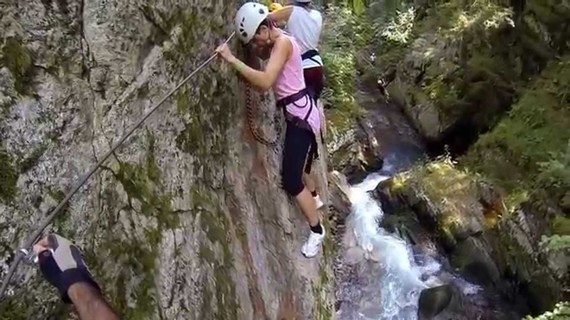
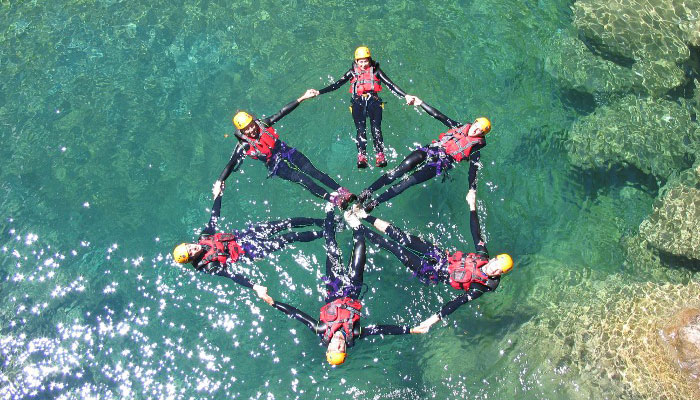
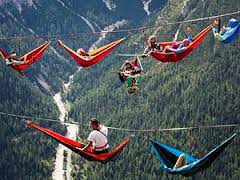
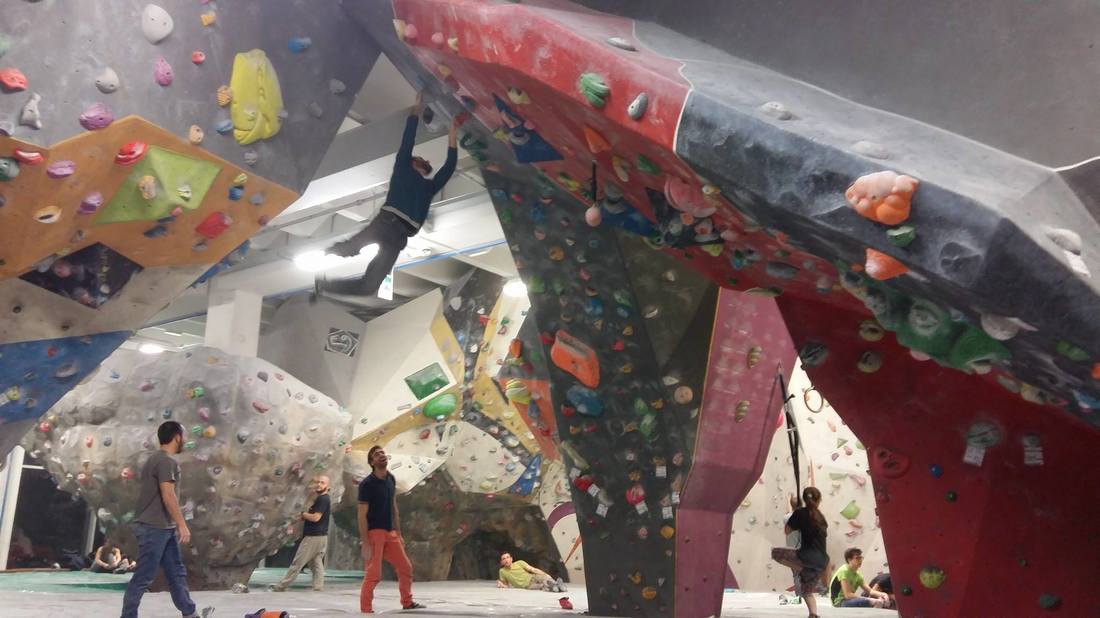
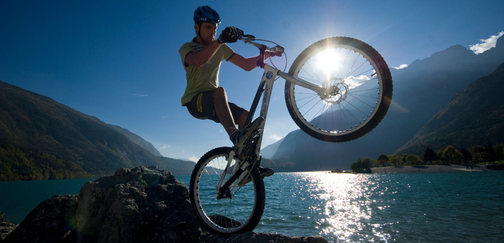
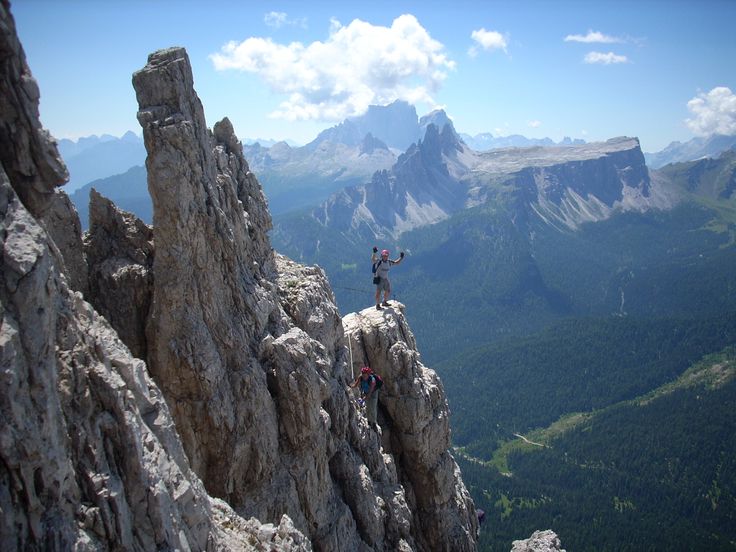
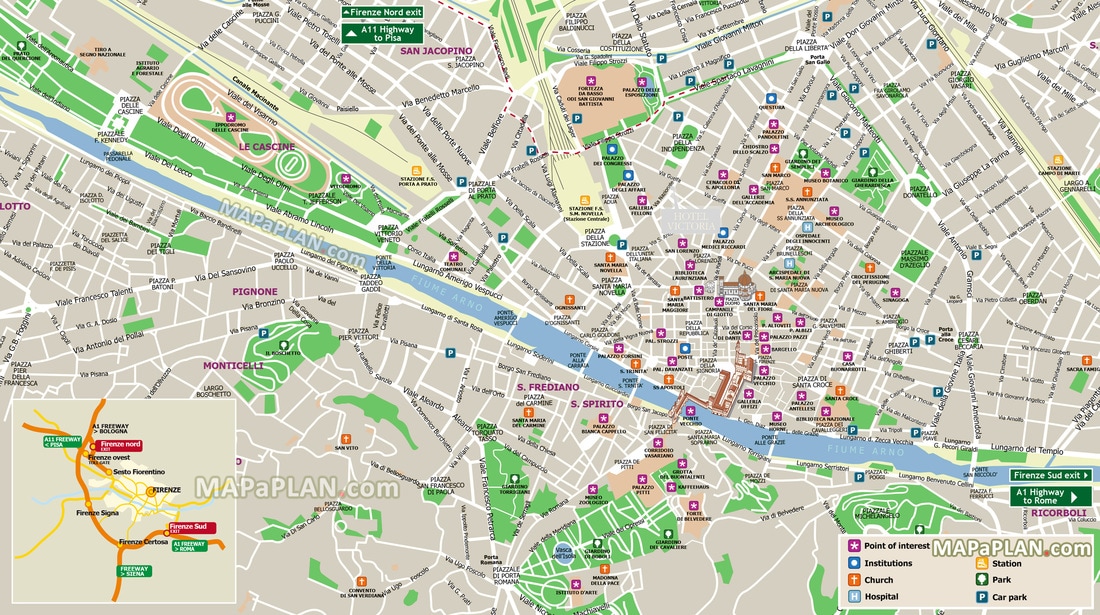
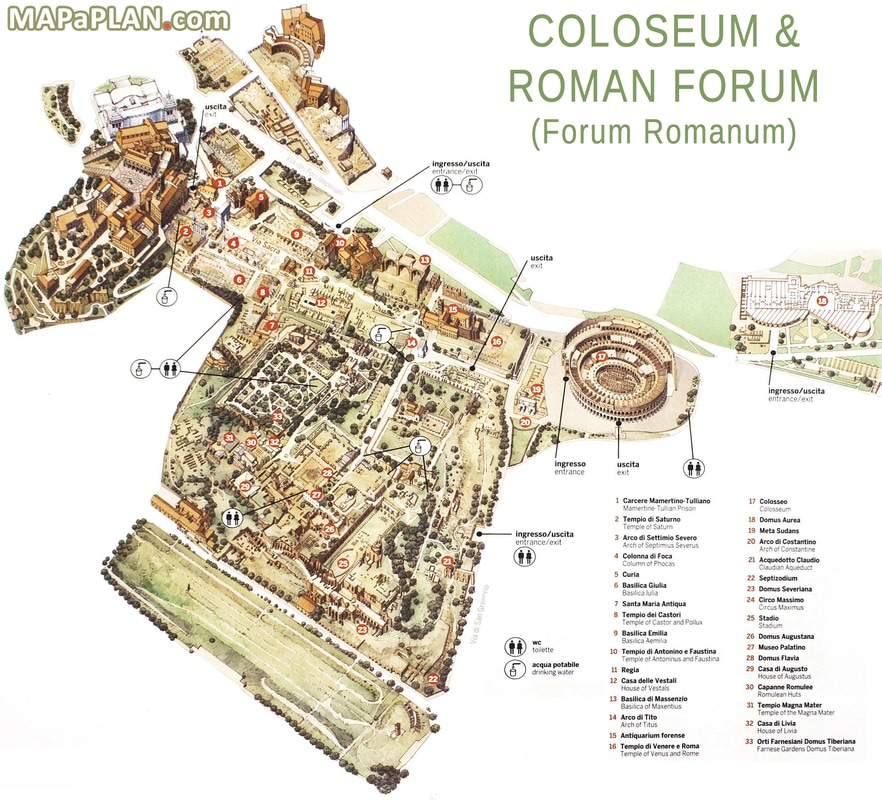

 RSS Feed
RSS Feed
